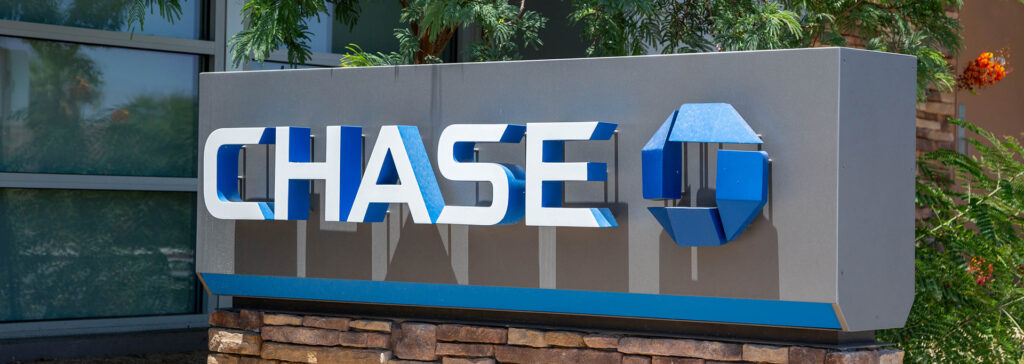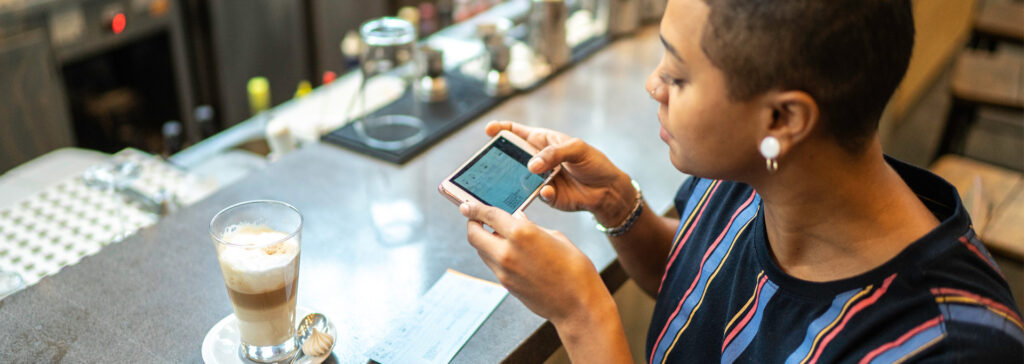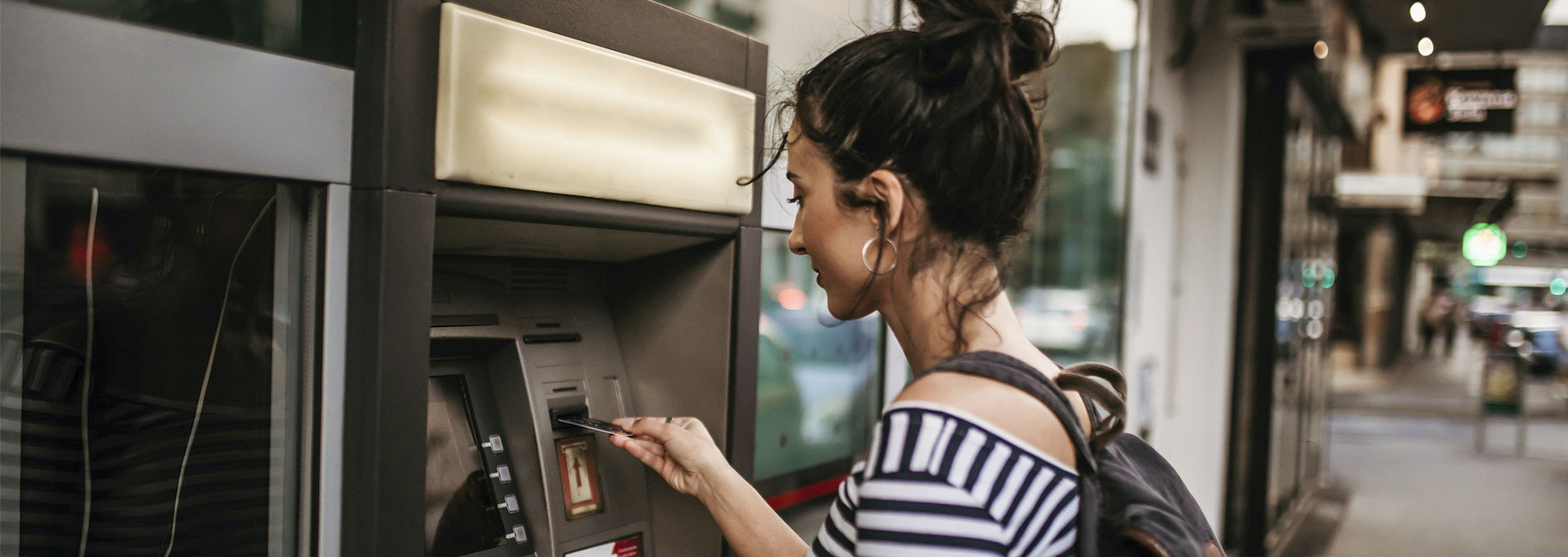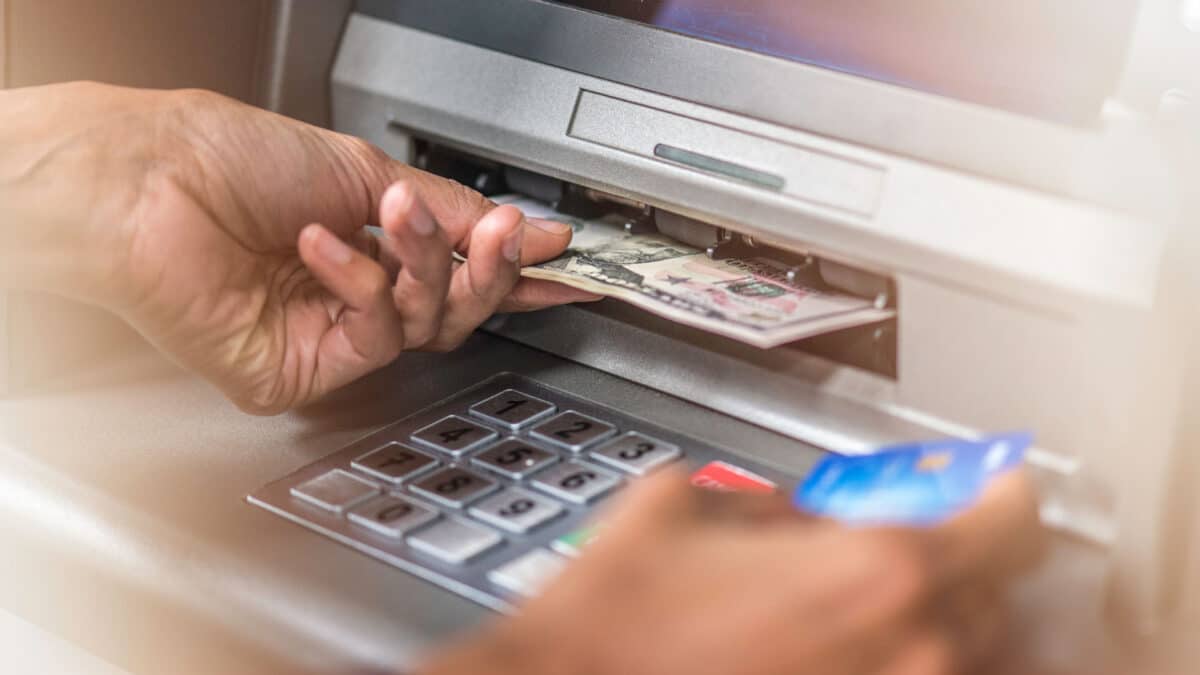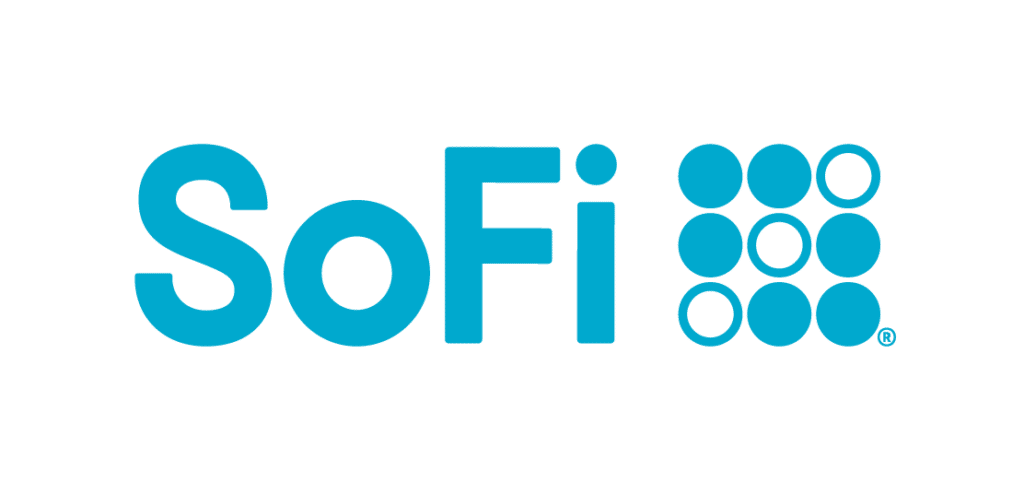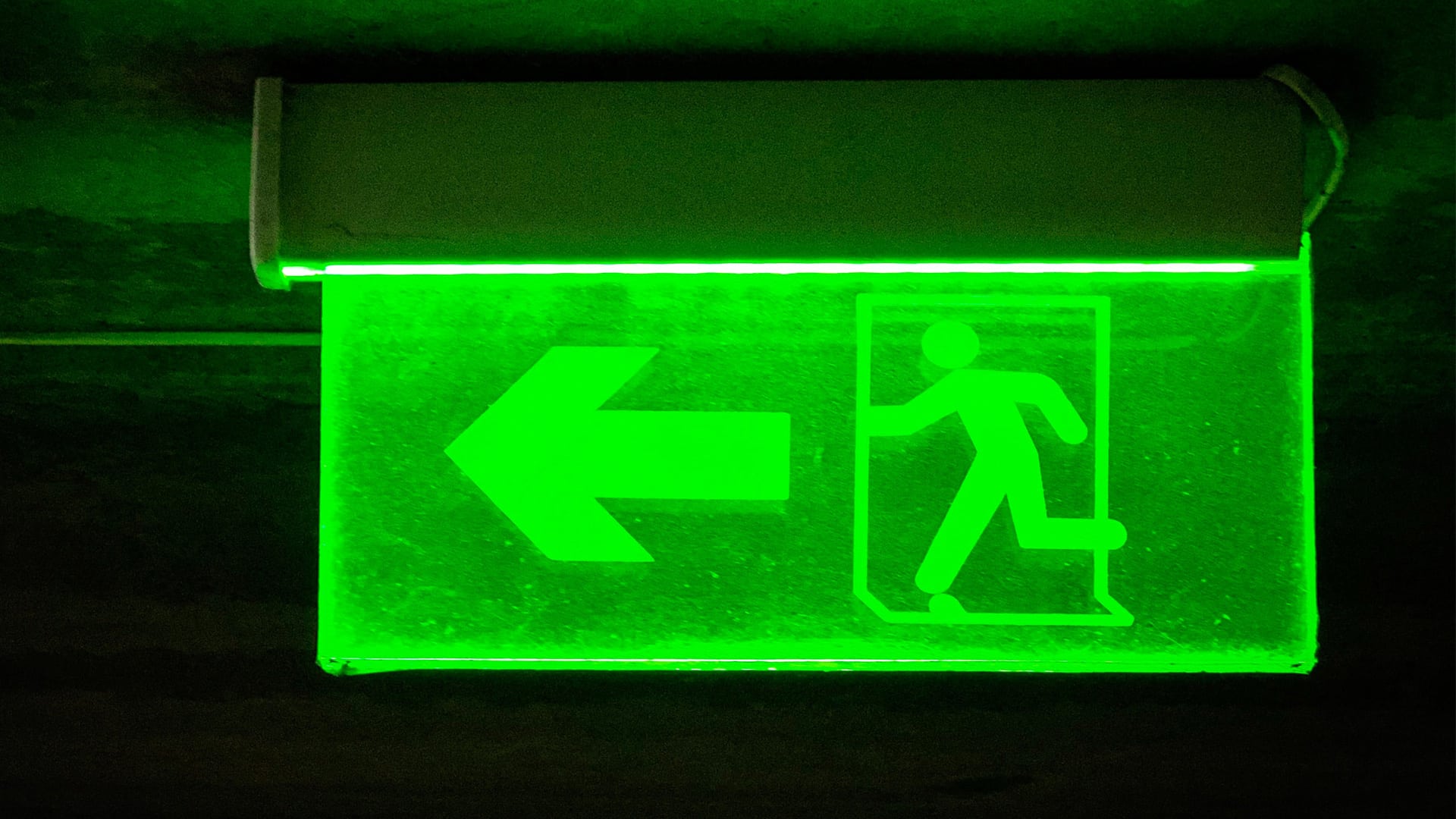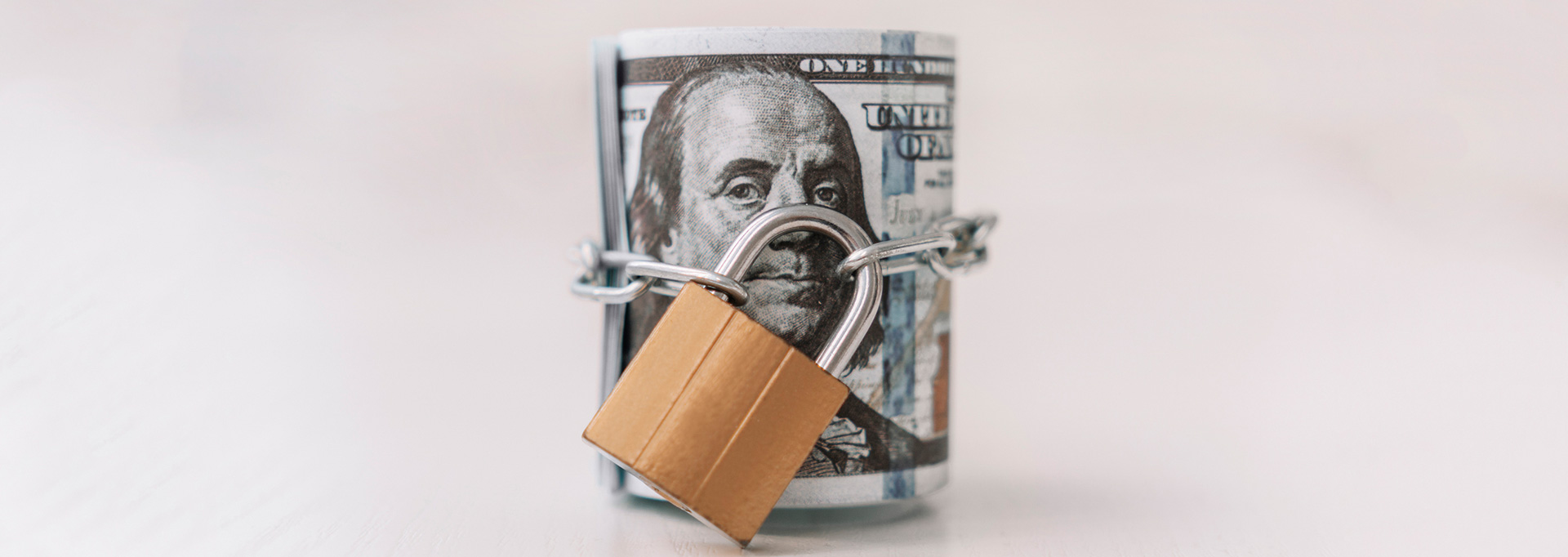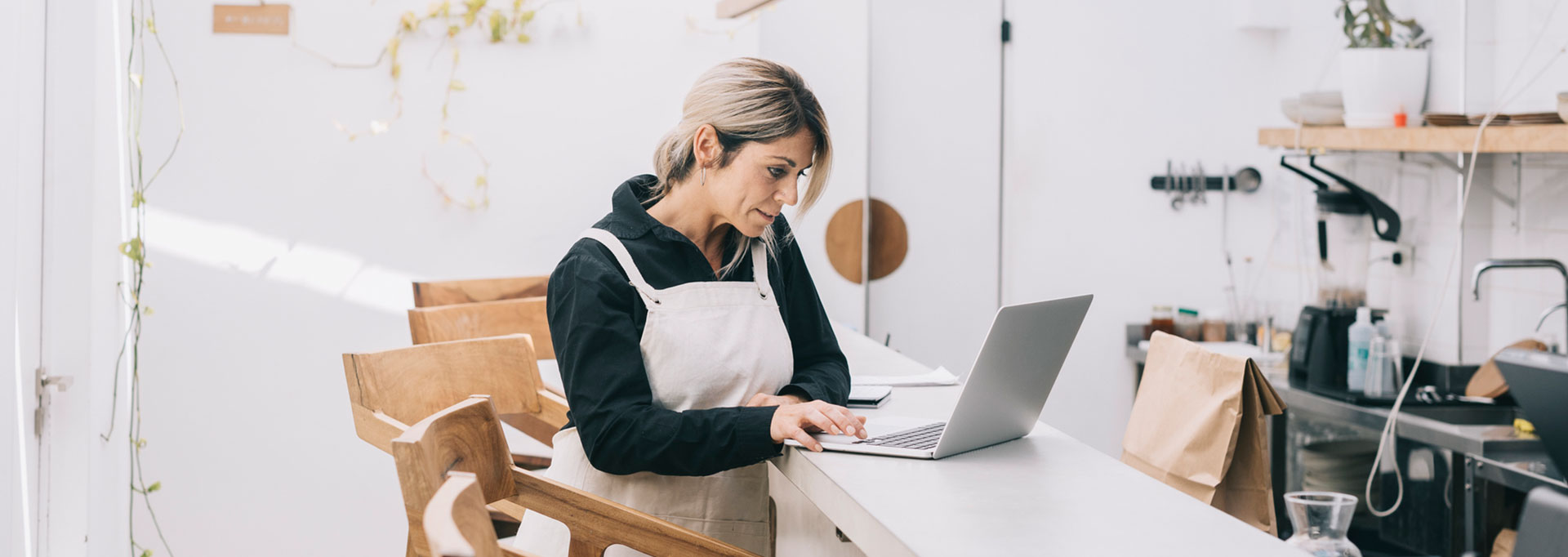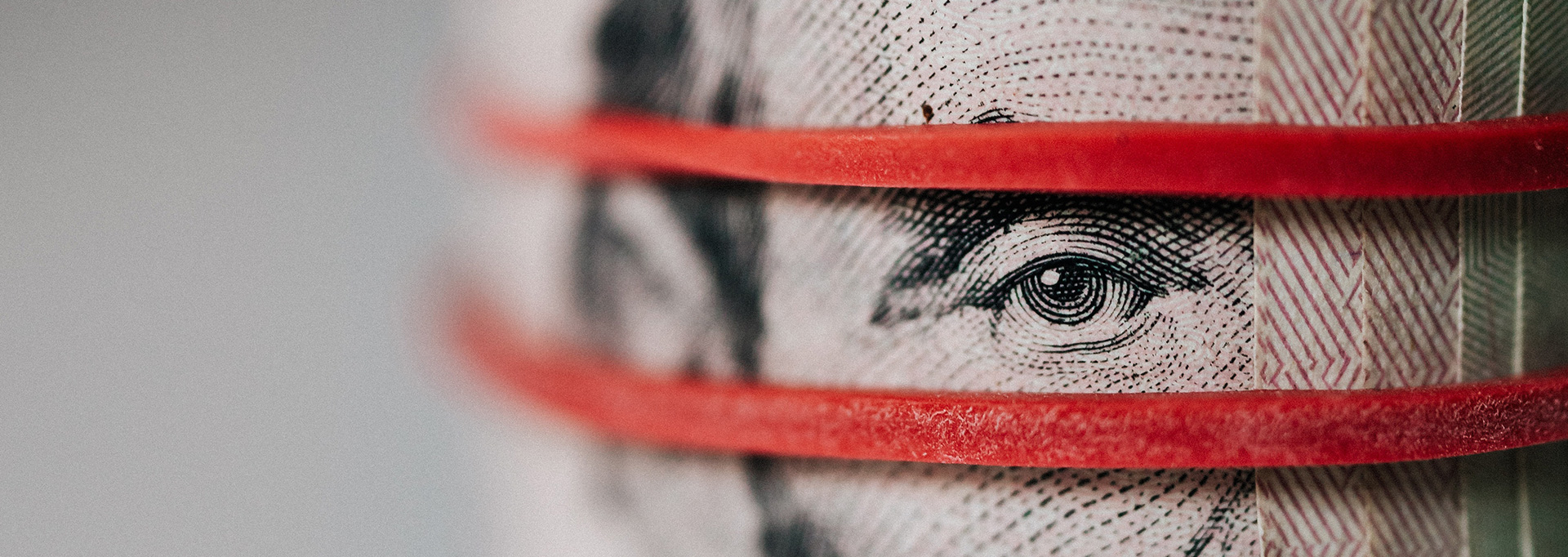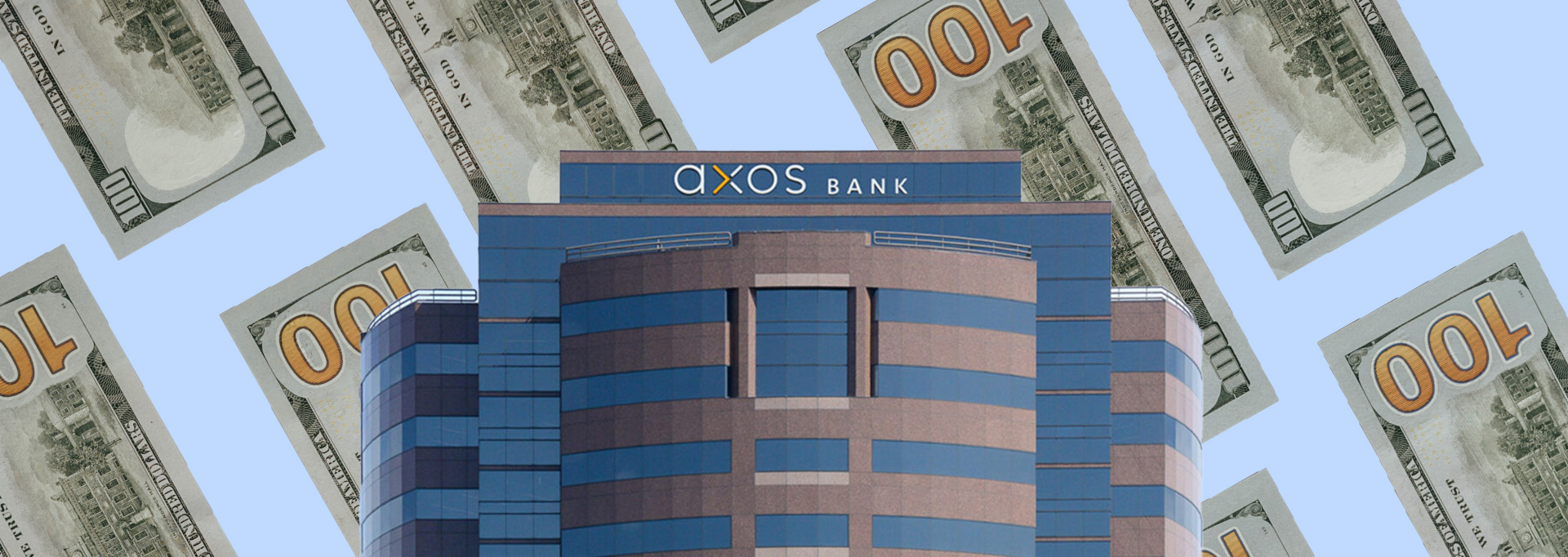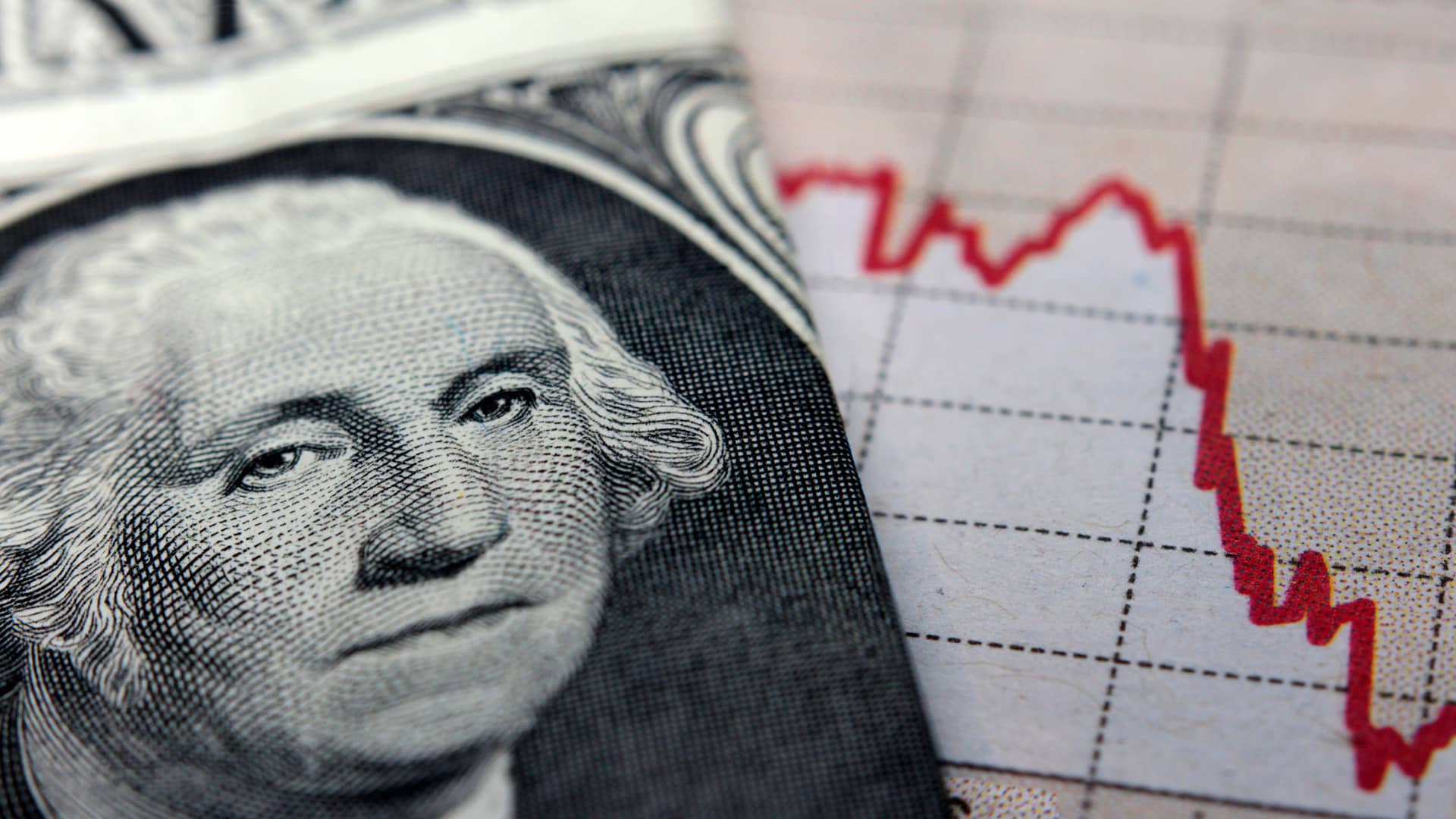Most products on this page are from partners who may compensate us. This may influence which products we write about and where and how they appear on the page. However, opinions expressed here are the author's alone, not those of any bank, credit card issuer, airline or hotel chain.
A che
The following guide will help you determine the ri
Average Checking Account Balance
The average quarterly checking account balance in the United States ranged betwee
However, when you look at average quarterly checking accou
Instead, it can be helpful to consider me
The Federal Reserve’s 2019 Survey of Consumer Finances (SCF), the mo
 Related Article
Related Article
How to Manage Multiple Bank Accounts and Credit Cards Like an Expert
Finding the Right Checking Account Balance for You
Understanding how much the avera
In general, checki
You m
It’s also important to pay attention to any checking account minimums that your bank may impose. For example, your bank or credit union might require you to maint
What to Do With the Rest of Your Cash
Once you figure out the right amount of money to keep in you
It’s also important to c
Once you have your debts under control and a handle on your emergency fund, it’s wise to branch out and look at other
Recommended High-Yield Savings Accounts
| Bank Account | APY | Features | Learn More |
|---|---|---|---|
|
|
5.25%
UFB Direct breaks balances into five tiers, but, currently, there is only one interest rate. |
No minimum deposit |
Open Account |
|
|
0.50% - 4.60%
Customers earn 4.60% APY on savings balances when they set up recurring monthly direct deposit of their paycheck or benefits provider via ACH deposit. Alternatively, deposit at least $5,000 each month to earn 4.60% APY on your savings balance. Checking balances earn 0.50% APY |
No minimum deposit |
Open Account |
|
|
5.05%
Earn 5.05% APY on balances over $5,000. Balances of less than $5,000 earn 0.25% APY. Annual Percentage Yield is accurate as of July 27, 2023. Interest rates for the Platinum Savings account are variable and subject to change at any time without notice. |
$100 minimum deposit |
Open Account |
|
|
4.65%
Annual Percentage Yield is accurate as of July 27, 2023. Interest rates for the Savings Connect account are variable and subject to change at any time without notice. |
$100 minimum deposit |
Open Account |
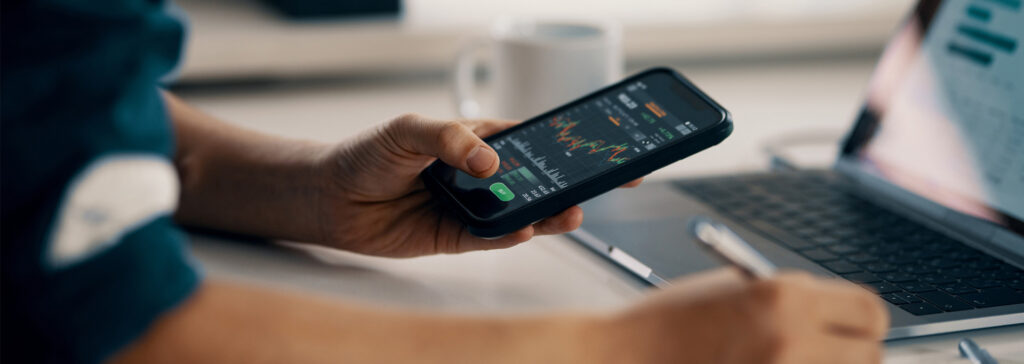 Related Article
Related Article
5 Low-Risk Ways to Earn More Money On Savings
How to Choose a Bank Account
When you’re looking for a bank or credit union to work with, it’s important to find a financial institution that’s a g
- Do you want a bank or cred
it union that charges f ew fees? - Is in-person banking
important to you? - Are you hoping to earn a
competitive APY on your deposit account balances? - Would you like to earn a bank account bonus w
hen you op en a new account?
Once you identify your banking priorities, it should be easier to start the comparison process. For example, you’ll know to av
Explore the Best Bank Bonuses Currently Available
Visit the Marketplace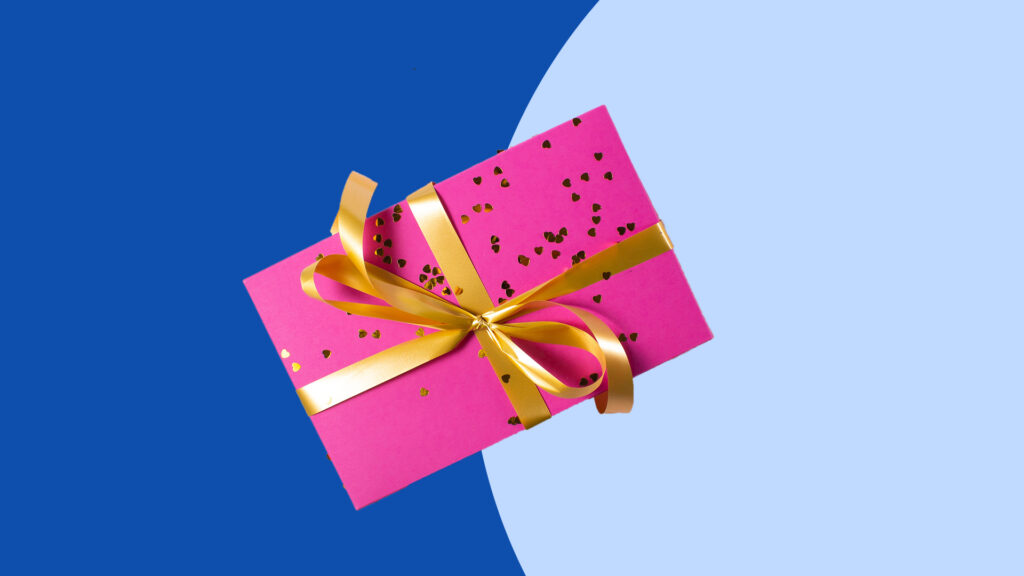
Bottom Line
Figuring out a comfortable checking account balance for your budg
If you find that you transfer mo

